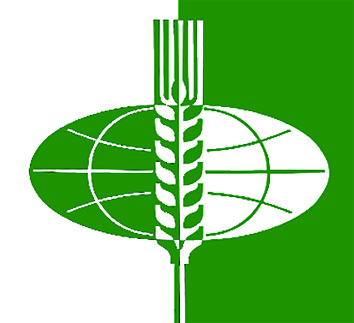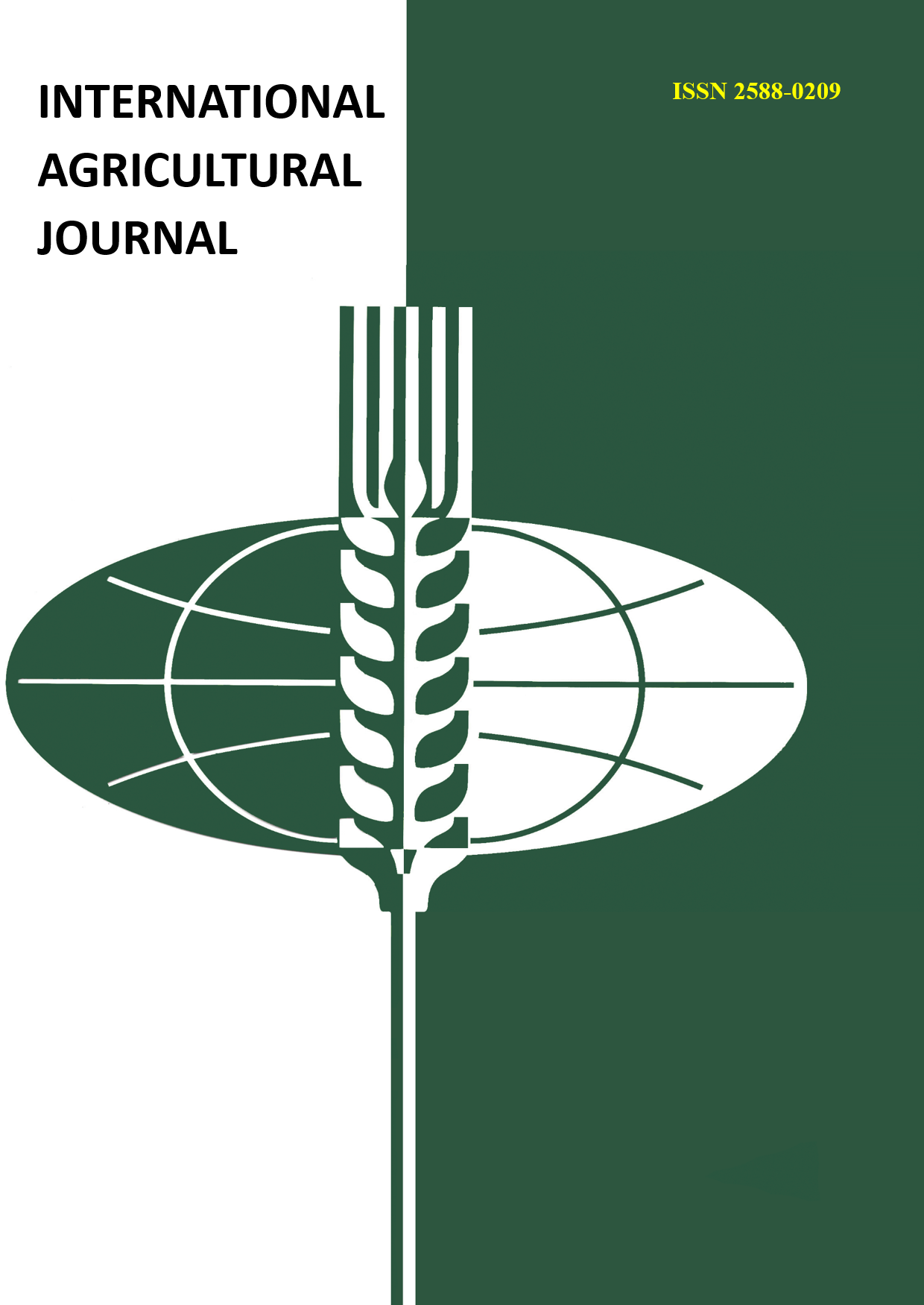In the article, the authors consider the peculiarities of the groundwater regime in irrigation areas. Part of the irrigation water feeds the plants, part evaporates and part feeds the ground water. At the same time, ground water rises, their evaporation increases, and salts accumulate in the aeration zone. Irrigation supply of ground water varies widely depending on climatic conditions, irrigation norms and irrigation regime, as well as on the structure of the aeration zone. The resulting irrigation supply is determined by the difference between the infiltration of irrigation water and its expenditure on evapotranspiration. Significant inputs of irrigation nutrition occur during brine washings carried out by flooding of land with large nomes. Filtration losses from main channels have a significant impact on irrigation nutrition of irrigated territories. These processes change the groundwater regime not only in irrigated areas, but also in non-irrigated areas located within irrigation arrays. The authors emphasize that in reclamation studies of the conditions of salinization of irrigated lands, special attention should be paid to the justification of the hydrodynamic situation, taking into account the time and area variability of seepage rates.
koncentraciya toksichnyh soley, promyvnaya norma, rezhim promyvki














